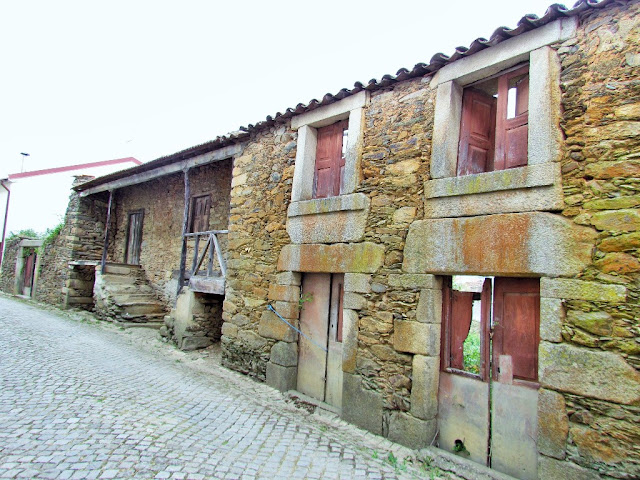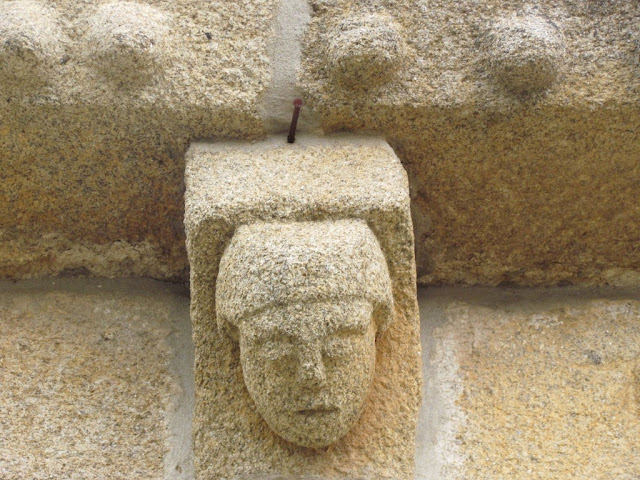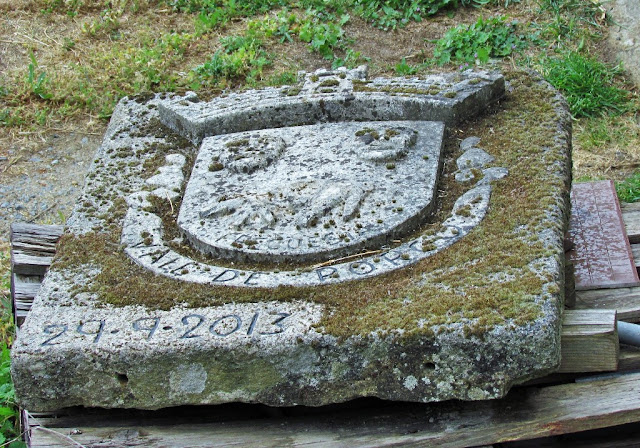The Parish Church of Azinhoso is one of the most important medieval temples in Trás-os-Montes, although it is peripherally located and without an exact chronology for its construction. Tradition refers to an inscription from 1196 on the belfry, which was attributed to a possible Templar constructive campaign, since, at that time, the Order held the territories of Mogadouro and Penas Róias. However, still in the first half of the 20th century, the Abbot of Baçal clarified that the inscription was apocryphal.
During the restoration, a series of tombs excavated in the rock appeared, next to the northwest corner of the temple, which point to a relative antiquity of religious occupation of this place, probably around the 10th-11th centuries. The more rigorous chronological attribution of the church has been based on two other inscriptions. In the southwest corner of the main chapel, there is a sign dating critically from the 13th century and bearing the caption “ALFONS”. This same author equated a relationship with possible lords of the Land of Bragança, namely D. Afonso Rodrigues, attorney and poorer of the Land of Bragança and Miranda, mentioned in 1285 and responsible for a diploma of privileges passed to the locality. On the main façade, on the south side of the portal, there is a third inscription. Only the word "ERA" can be read on it, and the remaining characters cannot be seen, but Mário Barroca dated it to the 14th century. This could correspond to the caption commemorating the conclusion of the works on the temple of Azinhoso and the previous inscription could refer to the start of the works, which would result in an approximate dating for the church between the end of the 13th century and the first half of the 14th century.
Stylistically, the temple fits this chronology in this regional framework. Its portals, in a pointed arch, decorated with pearly and quadrifoliate motifs with a simple treatment, are part of the so-called late Romanesque style. There are, however, some characteristics that point to the relative importance of the work, such as the monumental and scenographic main façade, extremely high and topped axially by a belfry with a double bell tower and the spacious interior, although with a single nave.
In the 15th century, the church had great regional importance, establishing itself as a true center of pilgrimage. The existing porch on the north side dates from that time and which, according to the remains on the other facades, would surround the entire front of the temple, connecting the three portals. At the end of the 14th century, D. João I passed through the village and offered to his parish temple a sign for the image of Our Lady that still exists inside.
Of particular note is the Museum of Sacred Art, with a permanent exhibition in the Capela da Misericórdia, adjacent to the Parish Church of Azinhoso.



















































































































































































